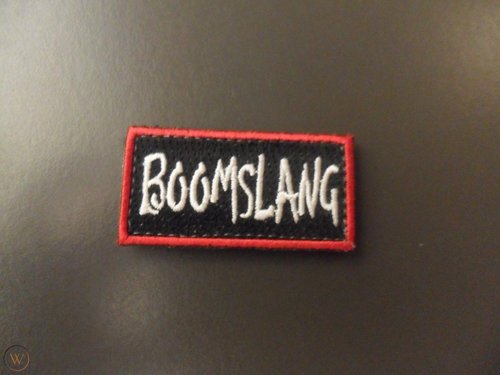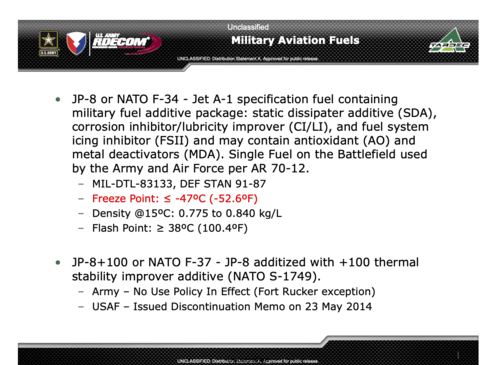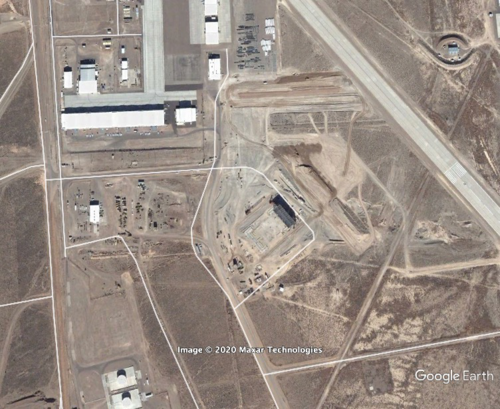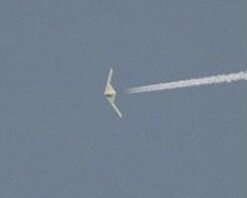Coking often occurs at lower power settings. It's the result of incomplete combustion. We have all seen how folks flying F-4's would go into burner to cut the smoke trail they were leaving. As for thermal stability changing the alloys of the tubing in the engine solves much of the varnish build up. Thermal stability is the attribute that prevents varnish build-up from occurring at high temperatures on certain metals. Injectors and combustors for the last several decades can be designed to minimize these problems.
The coking of concern here involves dumping heat from solar heating, mission systems etc into the fuel tanks.
Since it's practically impossible to remove dissolved oxygen on the ground you have to appeal to some combination
of fuels that are designed for reduce coking, prevent the agglomeration of coke into obstructive stuff, or hardware like
filters or other coatings or some form of onboard deoxygenation equipment.
Custom fuels are preferred since it adds no weight or complexity to the aircraft. Recall, this is a *very* long
duration mission so simpler more reliable onboard systems are absolutely required.
The choice for this flight envelope is consequently abundantly clear: JPTS. Because it's good on
the thermal side and great on the freezing/viscosity side.
You've conveniently left that latter part unaddressed. Doing both well is really hard; there are all of
two fuels out there that seem to do it.
If you read the recent articles on penetrating ISR and those that mention the SensorCraft you will see that the same air vehicle concept will work in both rolls
SensorCraft was not survivable in the high threat environment if it penetrated and persisted.
All of the analysis out there was about how close it could get to defended airspace and survive.
The right and intended place for it was behind the FLOT; it was an all in one AMTI/GMTI/SAR/FOPEN bird
whose value proposition was based on replacing a bunch of vulnerable standoff things like JSTARS and AWACS
with one thing that could orbit longer and was more survivable in standoff.
Feel free to read up on the National Academies deeply unfavorable assessment (in their study of Boost Phase BMD)
of the survivability of such a craft against modern (circa 2010) IADS if it tried to penetrate and persist.
This is echoed by contemporary studies using EADSIM and other tools for modeling the survivability of a high
and slow penetrating + persisting VLO; it doesn't end well.
Now the AF could have ignored all of this and built it anyway.










